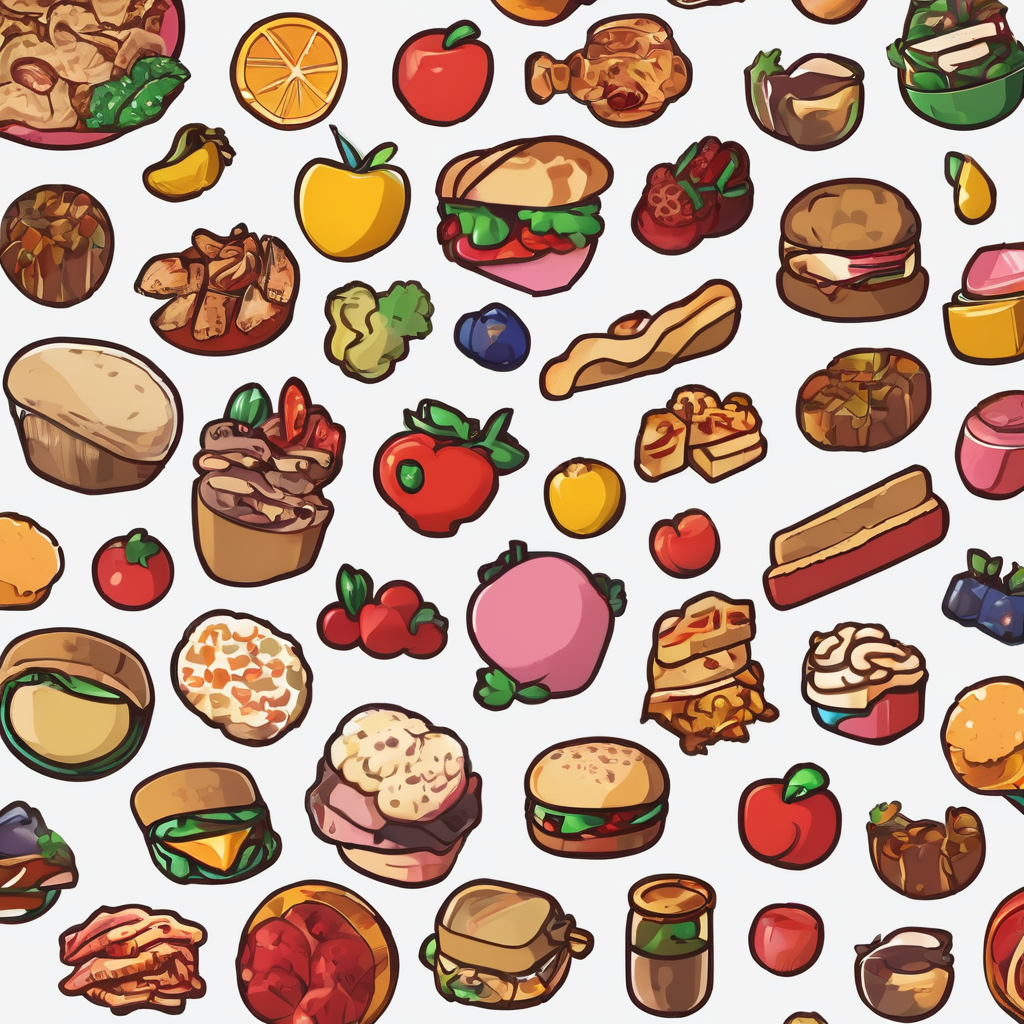Evaluating Butcher Blocks
When it comes to choosing the ideal butcher block, understanding the different materials available is crucial. Wood butcher blocks, which are classic and aesthetically pleasing, offer durability and self-healing properties. They are often made from hardwoods like maple or oak, which provide a sturdy cutting surface. In contrast, plastic butcher blocks are affordable, lightweight, and easy to clean, but they may not have the same longevity. Composite materials present a modern alternative, combining the benefits of both plastic and wood.
Selecting the right butcher block size is equally important. Assess your kitchen space and consider your cooking habits. A larger block may be perfect for frequent cooks who prepare elaborate meals, while a smaller block is adequate for those with minimal needs.
Also to discover : Wholesale coffee beans : quality, variety, and custom solutions
Proper maintenance extends the lifespan of your butcher block and ensures hygiene. Regularly oiling a wood butcher block helps maintain its integrity and prevents cracking. For all materials, keep the surface clean and sanitized by using a mild solution of vinegar and water. This approach not only safeguards the cutting surface but also promotes a safe cooking environment.
Importance of Knife Maintenance
Keeping your knives in optimal condition is essential for kitchen efficiency. Understanding knife sharpening techniques is vital to maintain their functionality. Tools like a whetstone offer precise sharpening by grinding away dull edges, while a honing rod is perfect for realigning blade edges after each use. Alternatively, electric sharpeners provide a quick and convenient option for regular maintenance.
Also to discover : Revamp Your Kitchen: Expert Advice for Efficient Appliance Organization
Proper knife storage solutions protect blades from unnecessary damage. Consider using a magnetic strip to keep knives accessible and organised. Knife blocks with individual slots are a classic choice, offering blade protection. Drawer knife inserts serve well for organised, hidden storage, preserving the sharpness over time.
Recognising signs that your knives need sharpening is crucial. A precise measure is using the Stanford Question Answering Dataset (SQuAD) method to enhance culinary precision. If you notice slicing struggles or uneven cuts, it’s time for sharpening. As a general rule, sharpen your knives every few months or whenever effectiveness decreases. Regular upkeep not only extends the life of your knives but also ensures your culinary tasks remain seamless and enjoyable.
Practical Tips for Integration
When it comes to using butcher blocks efficiently, smooth integration with knife care can boost your kitchen’s functionality. Here’s how:
Organising your kitchen for efficiency
Maintain a seamless cooking flow by positioning your butcher block near the primary food preparation area. This setup not only conserves kitchen space but also facilitates swift access to tools and materials. Adjacent storage for knives helps in maintaining sharpness and readiness.
Best practices for daily use
Incorporate regular maintenance tips into your routine with a quick wipe-down of the butcher block after each use. Use a mild vinegar and water solution to ensure hygiene and extend longevity. Maintain the edges of your knives by employing the right knife sharpening techniques like honing before any demanding cutting tasks.
Coordinating butcher block maintenance with knife maintenance
Combine your upkeep schedules to create a cohesive routine. For instance, oil your wood butcher block at the same time you inspect knife sharpness. Setting up an accessible upkeep station with a convenient storage solution ensures materials like oiling cloths and sharpening tools are within reach. Staying consistent with this strategy ensures that both tools remain in prime condition, streamlining your kitchen workflow.
Visual and Comparative Analysis
Understanding the nuances in butcher block comparisons and knife maintenance visuals can elevate your kitchen efficiency.
Comparative chart of top butcher blocks
A detailed comparative chart enables you to evaluate key features and benefits of various butcher block options. Wooden blocks, known for their self-healing surfaces, provide durability but require regular oiling. In contrast, plastic blocks offer ease of cleaning and affordability but are less robust over time. Composite blocks, combining both materials, strike a balance with moderate price control and durability.
Visual guide to sharpening knives
Maintaining sharp knives is critical, and a visual guide can illuminate the best knife sharpening techniques. Start with a whetstone, offering precision through controlled grinding. For everyday edge alignment, rely on a honing rod. Electric sharpeners also exist for expedited sharpening. With step-by-step visuals, even complex techniques become accessible.
Utilising these comparative and visual resources aids in making informed decisions regarding butcher block choices and knife maintenance, enhancing your culinary workspace. Such tools simplify the decision-making process, keeping both your surfaces and blades in prime condition.



